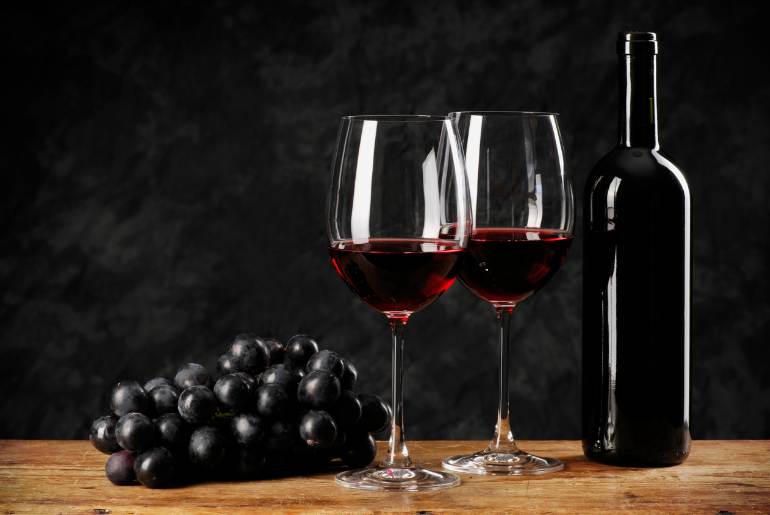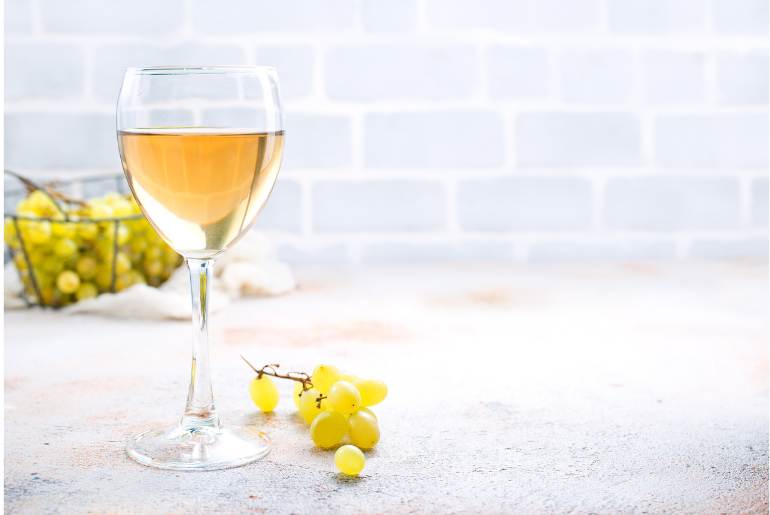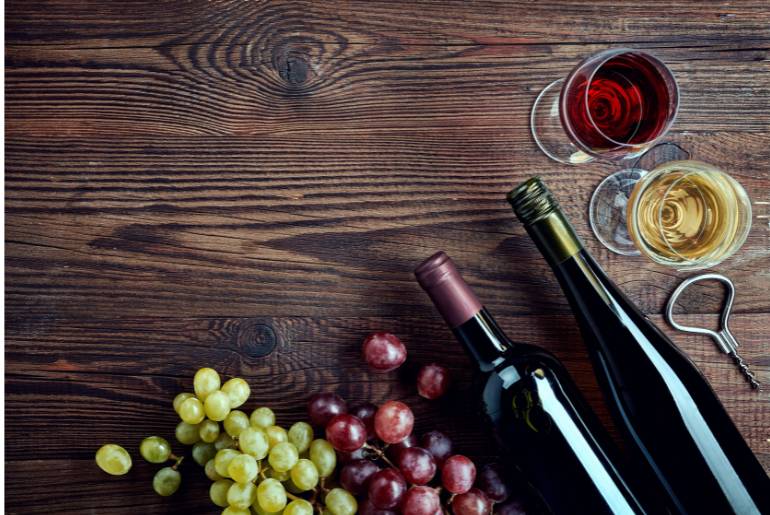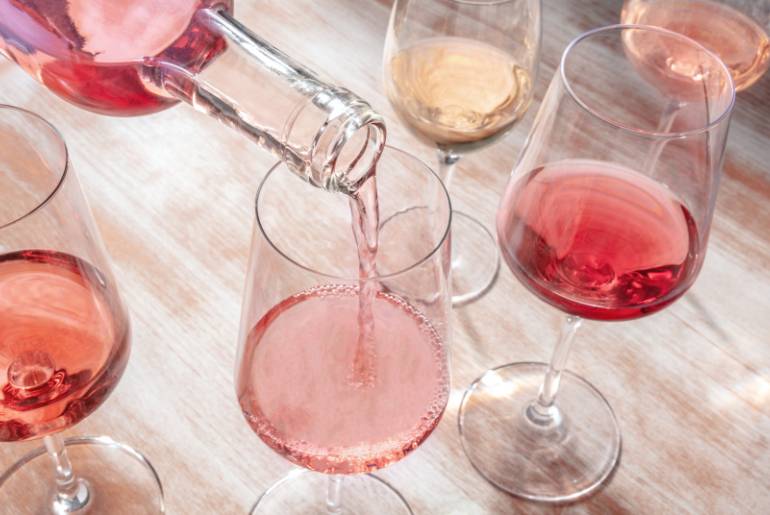Having trouble deciding what wine will go best with your meal? Or do you struggle to decide which wine goes best with your Chinese dim sums? You’re not alone, but with our suggestions, you’ll soon be able to pair wine and food flawlessly.
The choice of wine can be made to complement a meal, or;
Congruent pairings allow you to enjoy wine that will enhance a meal.
For example, a heavy, oozy cheese plate would pair well with a wine with high acidities. However, a wine that brings out the richness in your cheese would be a suitable accompaniment.
Simple, right?
The pairing of wine and food doesn’t have to be difficult. Follow these simple guidelines to date confidently!
1. Make Sure That Food And Wine Are The Same Weight

In our language, weight is not expressed in terms of pounds or kilogrammes. When we discuss pairing lighter foods (typically lower in fat) with lighter-type wines and heavier, richer foods with heavier-weight wines, we mean to combine the two. Lighter foods like fish and poultry pair well with more delicate wines. The obvious option is a white wine, but light, low-tannin reds also work amazingly well.
Also Read: All You Need Are These Ingredients To Make Homemade Wine
2. Coordinate Flavour, Character And Intensity

Similar tastes in wine and food pair well together. For instance, pinot gris and fish with lemon sauce complement each other’s citrus flavours. Mild wines and mild foods go together. Pairing big, flavorful wines with big, flavorful foods is also a great idea. For instance, a spicy, potent shiraz might go well with pepper steak. In light of this, a rich wine is typically paired with a rich meal.
3. Examine Acidity

Young riesling is a common example of a high-acid wine that is used to cleanse the palate after eating fatty foods like an Indian curry or rich, buttery sauces. Drink a crisp, dry pinot grigio with dishes that are high in acids, like a salad with a vinegar-based dressing. Wines from colder climates will have more acidity than wines from hotter climates.
Just remember that fatty, creamy sauces frequently clash with acidic wines like sparkling. Think of it this way: If milk had been mixed with freshly squeezed lemon juice, would you drink it?
Also Read: Its National Drink Wine Day, Here’s Why You Should Grab A Glass Too
4. Avoid Combining Salt And Tannin

Crisp, acidic wines provide a counterpoint to flavours of salt. For instance, sauvignon blanc is an acidic wine that pairs well with salty foods like feta cheese and olives. But naturally salty foods can also be enhanced and balanced with a touch of sweetness. The same can be done with wine. Richly sweet wines are a well-known match for salty cheeses. Avoid big, grippy red wines because salt can make tannin feel more bitter and thus conflict with it.
If you want a dry wine that will go well with salty food, look for one that has low tannins and strong acidity.
In addition to complimenting semi-hard and hard cheese, well-aged chardonnay frequently has a lovely nutty richness.
5. Choose Richer, Heavier Foods To Counteract Bitter Tannins

First of all, what exactly is tannin? Actually, tannins come from many different places, most notably from the skins of the grapes used to make wine, but they can also be found in the oak barrels used to age wine. Tannin has a flavour that makes your mouth water.
Due to their astringent flavours, Shiraz and Cabernet Sauvignon pair well with steak because they help to clear the palate after a filling meal.
6. Sip Wine With Same Sweetness As The Dish You’re Eating

When served with sweet foods, dry wines come off as excessively astringent and acidic. Rich foods pair well with sweet, moderately acidic wines. The acidity will cut through the fat content, and the wine’s sweetness will counteract the richness of the food.
Wines that are sweet are frequently served with salty cheeses because sweetness helps balance the salt. Remember this fact the next time you enjoy feeling like indulging in a glass of port.
The most crucial thing to remember is that wine and food pairing is completely subjective. Obviously, there are some fundamental standards for wine and food pairing, but these are not rules. Instead, stick to your personal preferences, and you won’t make a mistake.
Cover Image Courtesy: Canva
First Published: March 07, 2023 12:48 PM



